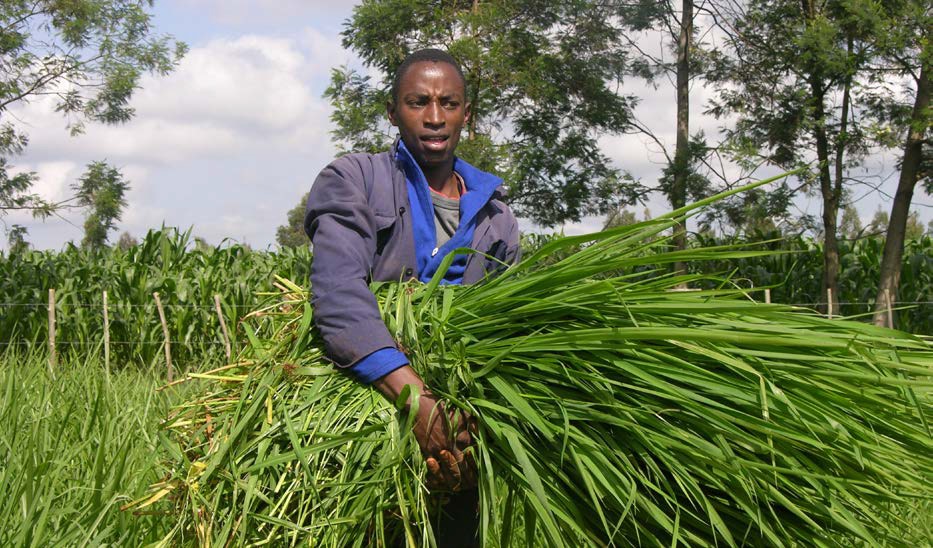Napier grass is a common feed for dairy animals as it is rich in protein and has good dry matter content.
According to Dr. Joseph Otieno, a veterinary surgeon from the Kenya Tsetse and Trypanosomiasis Eradication Council, Napier grass’s nutritive value can, however, vary depending on a number of factors such as how it is cared for in the field, how it is prepared on the farm or how it is conserved.
The grass does well in high-rainfall areas, but it is drought-tolerant and can also grow well in drier areas. Farmers can increase their yield by adopting the Tumbukiza (pit planting) method to grow the fodder.
Experts say that the Tumbukiza method increases Napier grass yields by 20 percent and milk yields by 50 percent.
The method is highly recommended in marginal areas as it allows for moisture retention than other conventional methods such as row planting.
The method can be used for the different Napier grass varieties, including French Cameroon, Bana grass clone 13, and Kakamega 1.
Meet Farmer Making a Six-Figure Monthly Income From the Three Most Profitable Crops
When planting the fodder using the Tumbukiza method, farmers can either use round pits or rectangular pits. For round pits, dig pits two feet in diameter by two feet deep. The rows of pits should be two feet apart.
Rectangular pits should, on the other hand, be two feet deep and two to three feet wide. The length of the pit can vary depending on available land. The pits should be three feet apart.
”The top-soil should be separated from sub-soil. When planting, mix one debe of topsoil with one to two debes of farmyard manure and place them into the pits.
For the rectangular pit, place the top-soil/manure mixture for every three feet length. Leave about six inches of unfilled space at the top of each pit.’’
Five to ten cane cuttings should be planted in the round and rectangular pits for every three feet length. Hand weeding is the recommended weed control method. Apply farmyard manure after every four to six harvests.
While harvesting, do not let the animals graze directly on the Napier grass. You should cut the grass when it is two to three feet tall. Feed 70 kg or 7 head-loads of fresh un-chopped Napier grass to a dairy cow per day.

